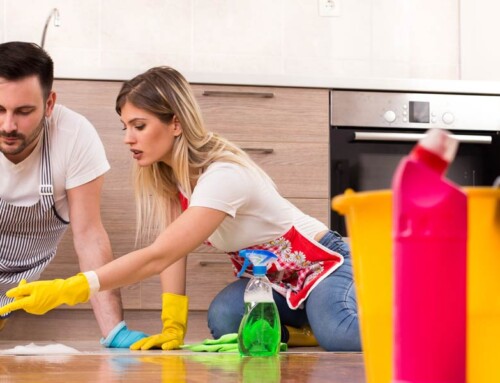Innovation and Technology in 2024

Innovation and technology are crucial forces that facilitate efficiency and growth in any field or industry. The cleaning industry is no different. While some have historically viewed cleaning as a labor-intensive and tech-lacking industry, that’s no longer true. Recent years have seen dynamic changes.
The processes are evolving; they improve the operational efficiencies of services rendered and almost create new meaning for cleaning services.
The industry must integrate modern inventions and the latest technology. Today’s technology encompasses not only the popular robotic vacuum systems or automated floor scrubbers we see in action, but also state-of-the-art sensors, technology to gather and report critical facility information, monitoring equipment, tools for testing cleanliness, and all types of smart technology for virtually any task.
These innovations improve productivity and efficiency in cleaning operations and raise standards by ensuring more detail in sanitization and hygiene, aspects that have become of paramount importance in the post-pandemic era. Further, the emergence of green and sustainable technologies has led to a significant shift in the footprint left by cleaning processes on the environment. This shift in mindset allows businesses and organizations to reduce environmental pressures and respond to mounting consumer pressure to take ecologically sensitive actions.
Through the utilization of technology, the cleaning sector is effectively addressing yet another critical issue: labor shortage. Automated solutions help companies maintain quality standards with diminishing staff, thus solving the labor issue on the one hand, and effectively managing operational costs on the other.
For professionals and businesses in the cleaning industry, keeping up with the latest technology is no longer an option but a necessity to stay afloat in the rapidly changing marketplace.
In this special report, ISSA reached out to companies, organizations, and consultants to gather the information you need to stay current with what’s available and happening in the world of technology and innovation today.
Key trends to follow
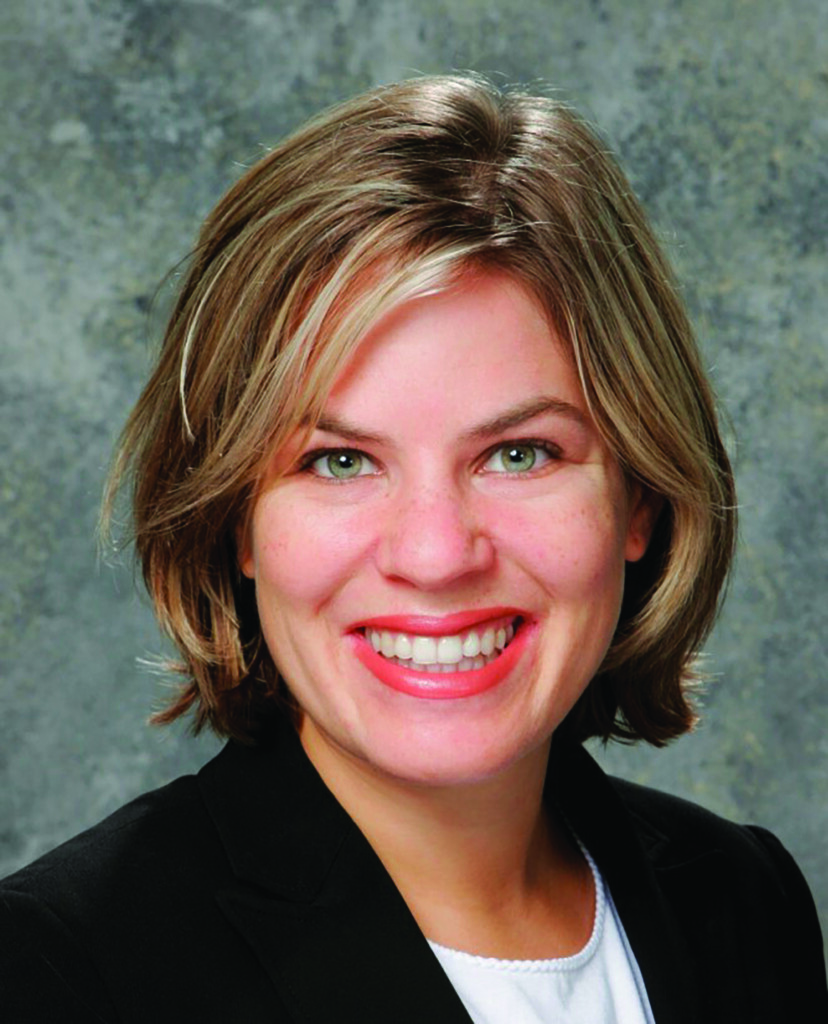
“Hospitals are increasingly adopting advanced technologies such as ultraviolet (UVC) light, electrostatic sprayers, foggers, and robotic cleaners,” she explained. There is also a growing interest in incorporating antimicrobial materials and coatings into healthcare settings.”
Holden also values the way the industry is embracing data-driven cleaning. “Utilizing data analytics and sensor technologies to monitor cleanliness levels and prioritize high-touch areas for cleaning helps optimize cleaning schedules and resource allocation,” she said.
In addition, the sustainable activities of healthcare facilities are noteworthy to her. “As hospitals increasingly adopt commitments to improve their organizations’ sustainability profile, demands for the use of more recyclable materials, less plastic, and more environmentally friendly cleaning and disinfection agents have increased.”
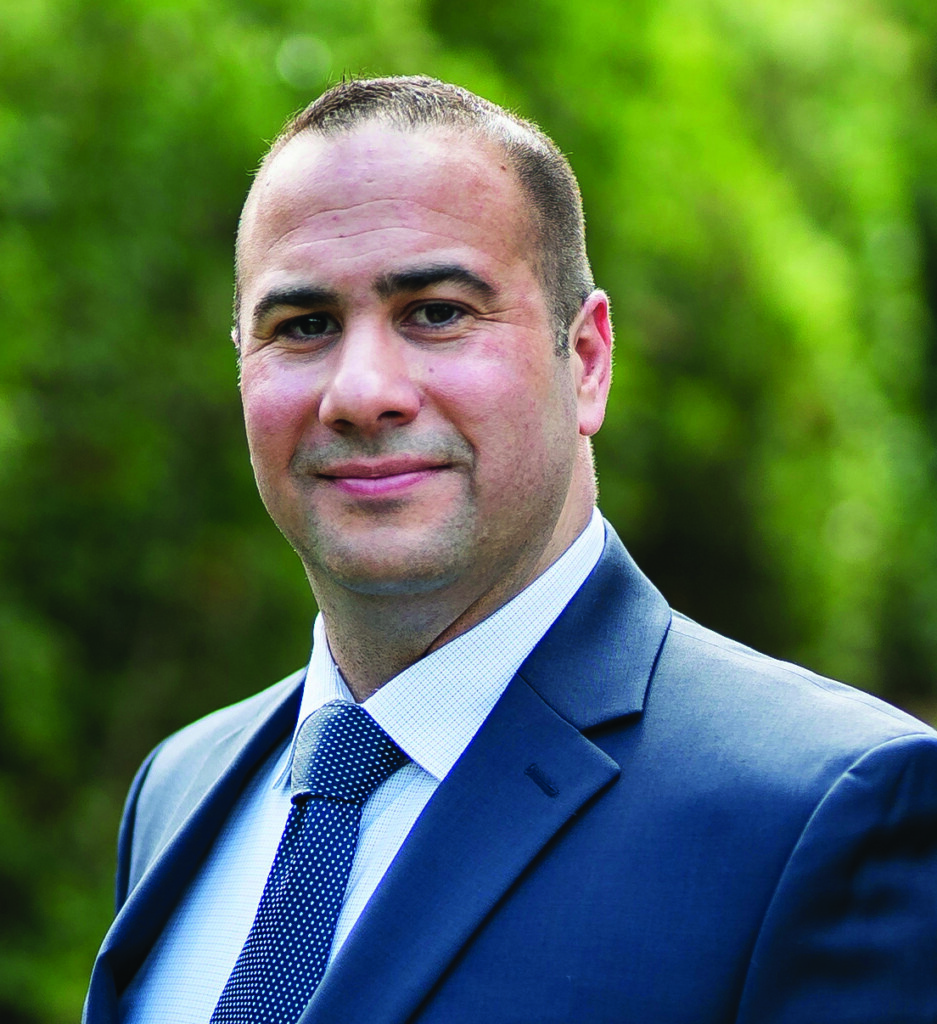
Camhi added that “telematics” are increasing in demand, as this technology brings visibility into equipment utilization and provides proof of performance. “Telematics offer specific information on when the floor scrubber was turned on, propelled, and when the brushes were engaged—to the minute.” And if operators haven’t used a piece of equipment, telematics provides transparency so companies can determine whether it’s a service issue or if the machine is no longer needed.
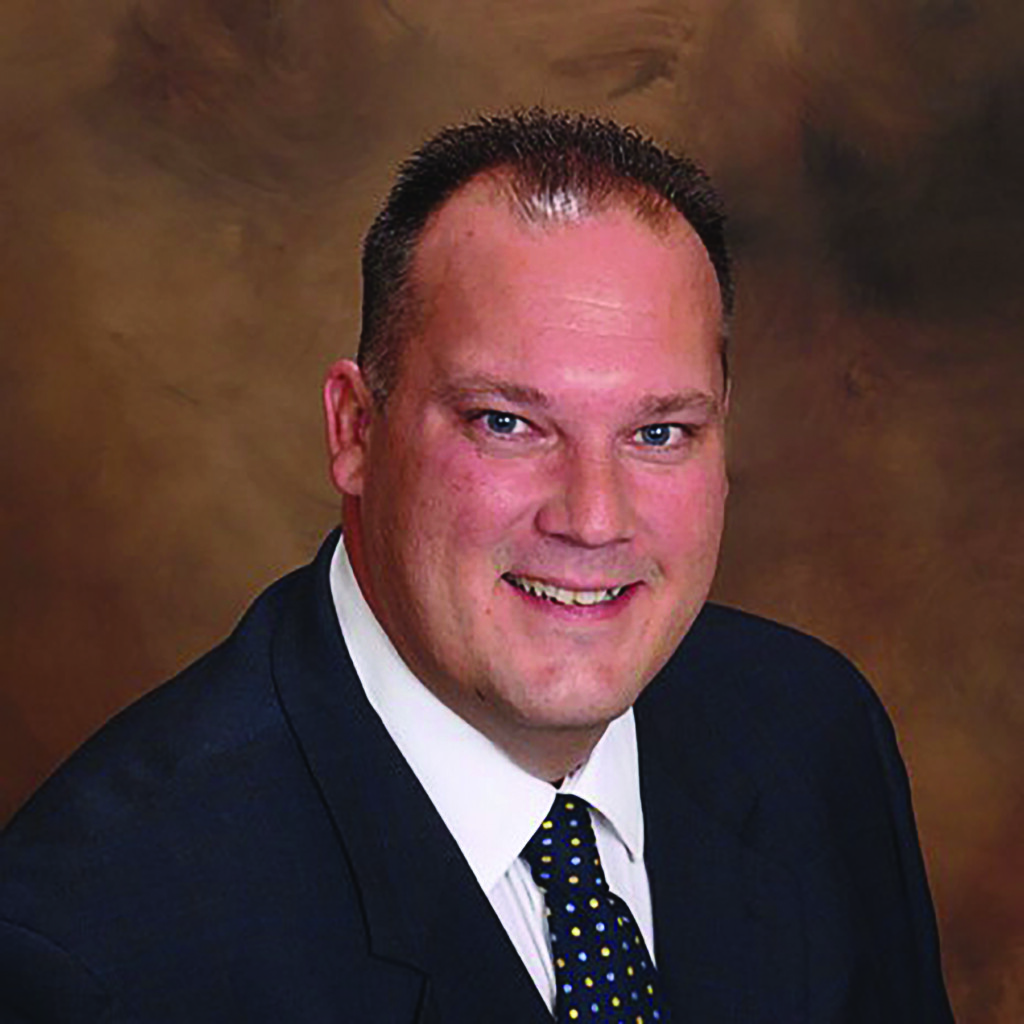
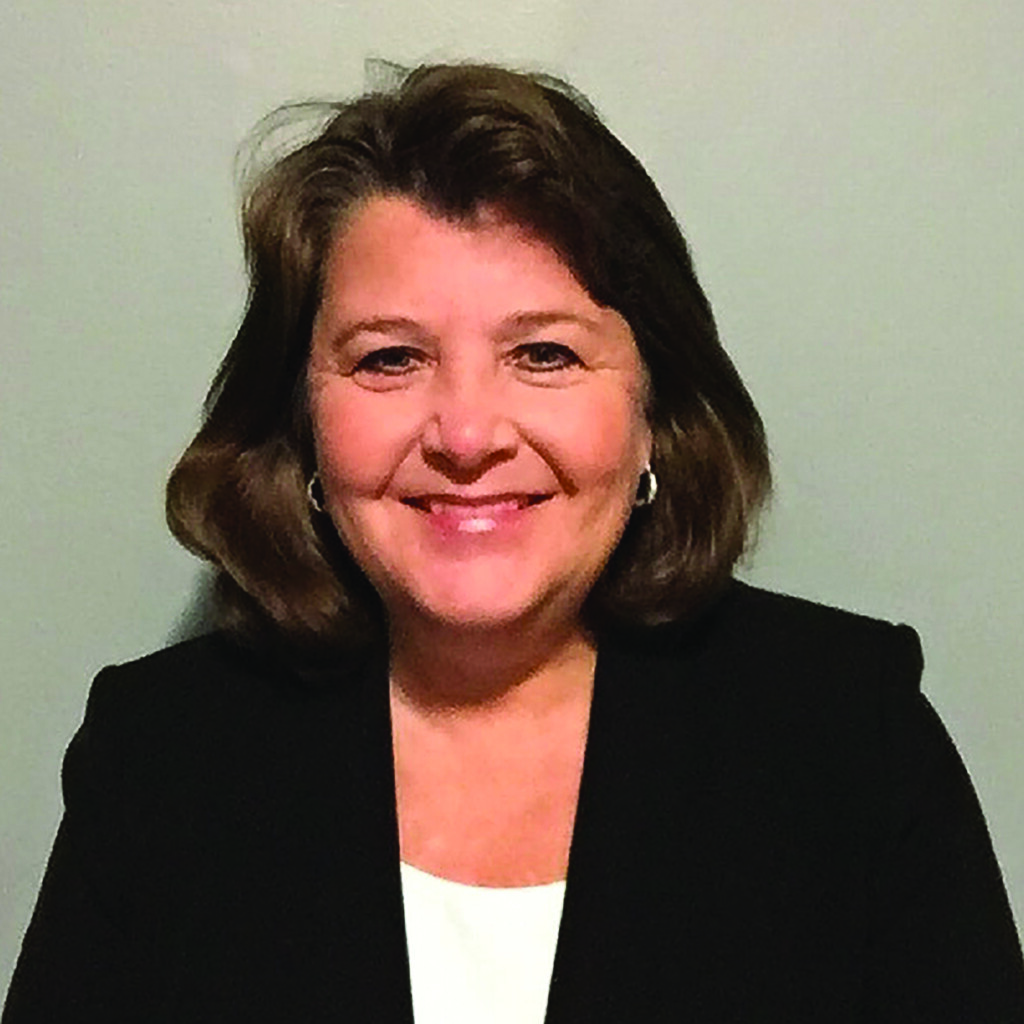

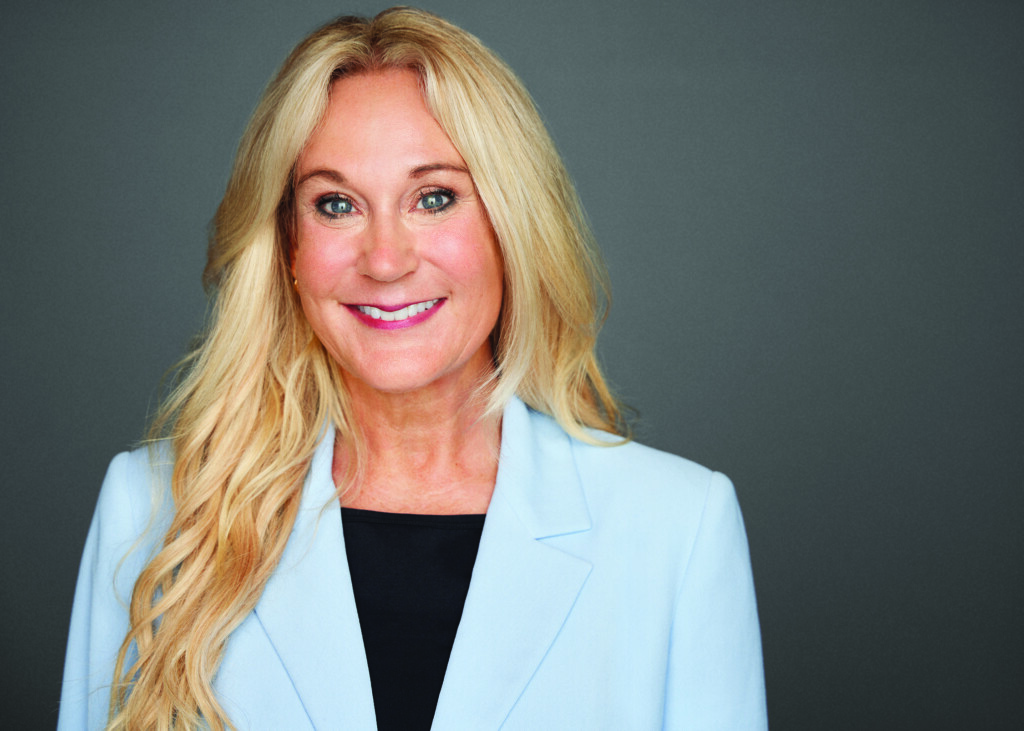
Emerging technologies to track

Camhi sees emerging sensor technology as a solution to many industry issues. “Sensors which turn traditional facilities into smart facilities are emerging in the cleaning and facility management sectors,” he explained. “Sensors provide visibility to which spaces companies are utilizing, enabling them to allocate resources appropriately and eliminate waste.”
Holden likes what she sees with robotic automation. “Robots are being employed for tasks such as autonomous cleaning of floors and surfaces. Automated robots equipped with sensors and artificial intelligence in hospital environments can ensure thorough cleaning while reducing the risk of human exposure to contaminants.”
Borrego offers some caution regarding onboarding robotics: “A common misconception about robotics is that they are purchased and implemented similarly to traditional cleaning machines. Robotics are getting exponentially better and smaller, but they must be pretested and installed correctly.”
For Schneringer, some of the top emerging technologies reshaping the cleaning and facility management sectors “include pathogen control solutions for hand hygiene, surface cleaning, and indoor air quality; online workloading tools for staff calculation; and bioactive chemistry to harness the power of ‘good’ bacteria to clean and remediate soils.”
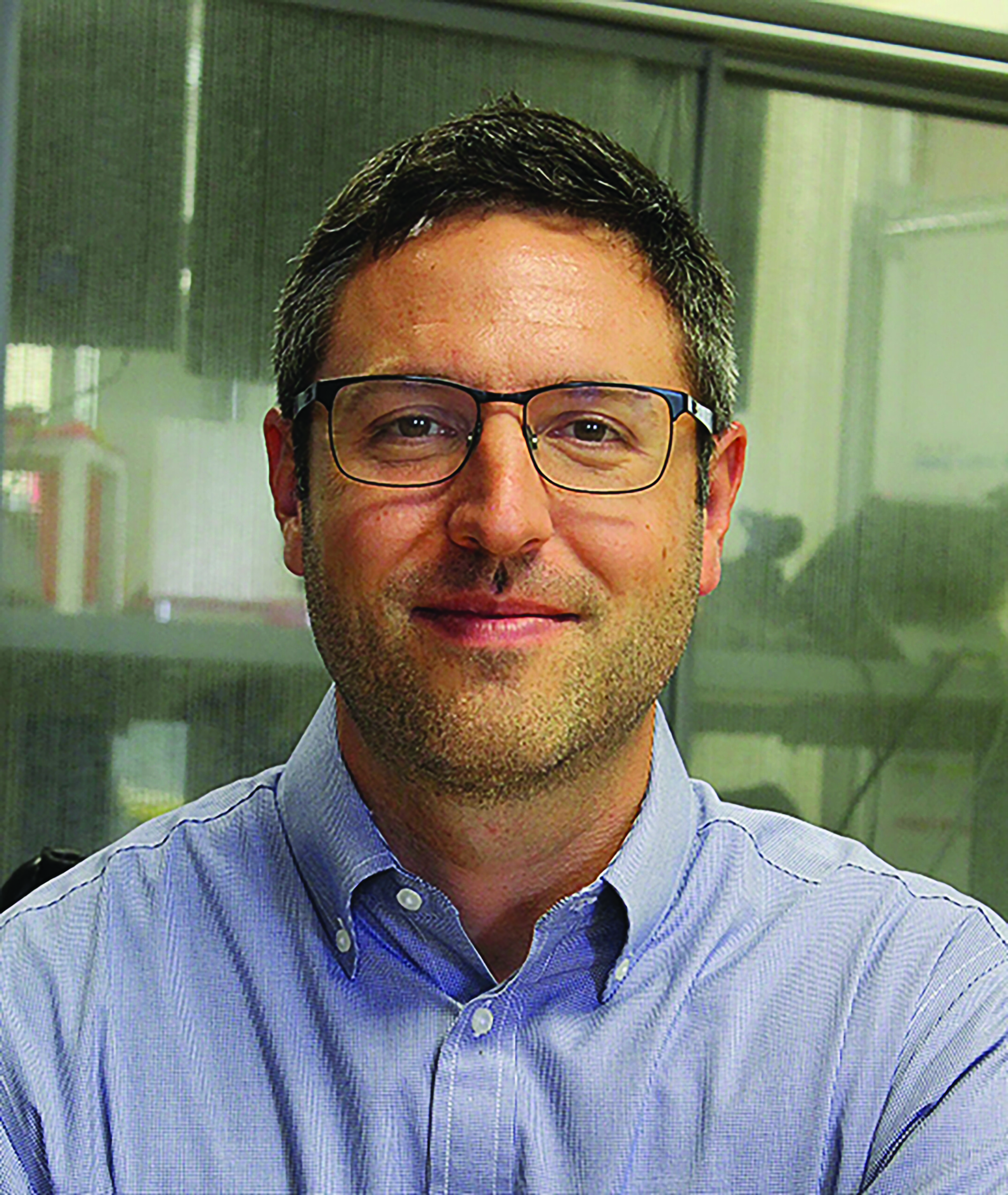
The impact of AI
Artificial intelligence, or AI, is in the news every day and is frequently a topic of conversation in the cleaning and facility management industries. “Hospitals are actively integrating AI technologies, and their impact continues to grow as new applications and advancements develop,” Holden stated. “While AI offers numerous benefits, we must consider ethical and privacy concerns, ensuring the secure handling of patient data and alignment of AI systems with healthcare regulations and standards.”
Frey enjoys watching how AI plays out in our industry. “AI technology is a game-changer in our field, enabling predictive maintenance and cleaning, demand-driven cleaning schedules, and enhancing accountability,” she explained. “It’s not just about automating tasks; it’s about making smarter decisions that optimize our workforce and resources.”
AI is tapping into existing technology and making it even better. As Schneringer notes, “AI technology is affecting cleaning equipment applications for repetitive cleaning functions by using sensors, data collection, programming, and machine learning to streamline further and optimize cleaning processes.”
Barton observes that a combination of AI and the IoT is changing how cleaning is handled. “The Internet of Things (IoT) will revolutionize how facilities are managed, from HVAC and life safety systems to when we clean the restroom based on the number of uses. Smart buildings and the integration of single-platform management systems will shape our service delivery. While technology will never define our operations, it will begin to influence how we deliver service, manage our service, and drive to more efficient, better outcomes.” He believes AI will drive much of this as time marches on.
Common tech and innovation misconceptions
It’s interesting to note that while some misconceptions vary, many echo each other.
Sawchuk sees an issue with how some feel that innovation is the same if they are within a technology group. “For example, all robotic scrubbers work the same, provide the same results, have similar operating costs over the lifetime, and more,” he explained, “that all we need to do is implement some new technology, and things will improve.”
And what about the issue of machines replacing people? “A common misconception about technology, automation, and robotics is that it replaces what humans do as part of the cleaning and disinfection process,” according to Holden. “When it comes to UVC technology, for example, it complements what cleaning teams are already doing.”
Frey echoes Holden’s thoughts: “A prevalent misconception is that automation and robotics will lead to job losses. On the contrary, I believe these technologies offer opportunities for more fulfilling roles and career advancement within the industry. It’s about elevating the work, not replacing it.”
Schneringer emphasized, “Some common misconceptions about technology, automation, and robotics today include the idea that automation merely reduces staff, whereas its optimal use lies in enhancing staff effectiveness and efficiency.” He explained that they refer to several autonomous machines as “cobots” instead of “robots” to indicate the collaborative relationship between worker and machine, aimed at achieving a “force multiplier” effect to accomplish more.
Camhi knows misconceptions about robotics replacing humans are an ongoing challenge. “Really, the human element is an integral part of the entire process,” he explained. “Autonomous mobile robots (AMRs) need skilled operators to program them to learn their cleaning routes and provide some supervision to start and stop operation, check cleaning solution levels, charge, and troubleshoot if necessary.”
Parting words of advice
We asked the contributors to this article to provide some concluding words to the industry.
Holden: In the last few years, a proliferation of innovation has occurred, sparked by the demands of the COVID-19 pandemic. The technologies that have persisted beyond the pandemic are those that can demonstrate both efficacy and labor savings to hospital stakeholders.
Camhi: Innovation is the key to the industry’s sustainability. Those willing to embrace new technologies can improve the quality of service they provide, better retain team members, and gain a competitive advantage.
Schneringer: It will be exciting to see the innovations coming in the next few years, either in development and stalled during the pandemic or developed to combat the next one.
Sawchuk: No one simple or magic solution will be best for all. Leaders need to research and keep up with the various technologies and products/offerings within each category. Do not implement new technology for the sake of it but to solve a problem or capitalize on an opportunity.
Borrego: Gone are the days when someone sat in a room and produced a bid on an Excel spreadsheet. Bidding technology is emerging and will be an invaluable tool for bidding and optimization.
Maione: Innovation will be a setback if it is not implemented by a savvy professional well-versed in the cleaning industry’s fundamentals. Ensure the foundation of your operation is strong before installing new technology.
Frey: Innovation is not on the horizon; it’s already here, reshaping our industry. While it may bring challenges, these growing pains are a small price for the significant benefits and advancements we stand to gain. Embrace it, for it paves the way for our industry’s future.


